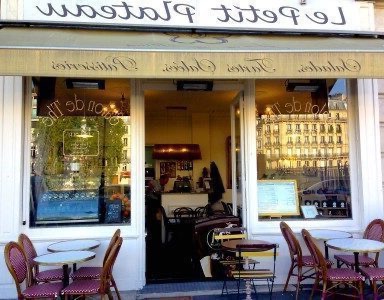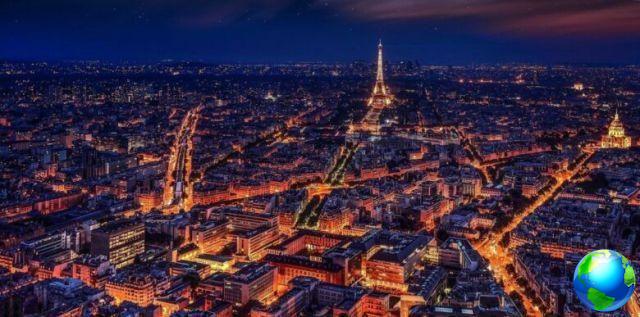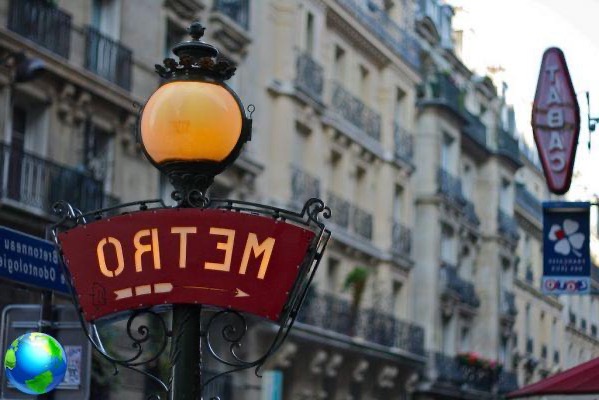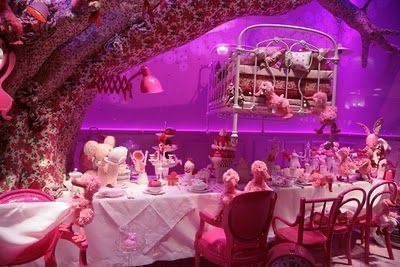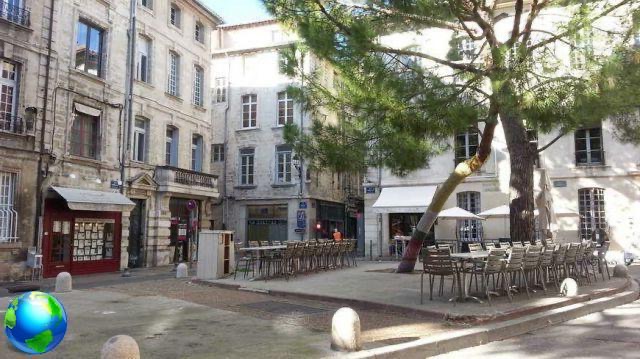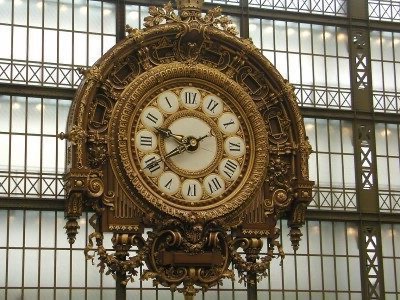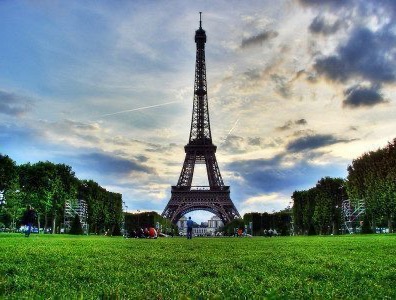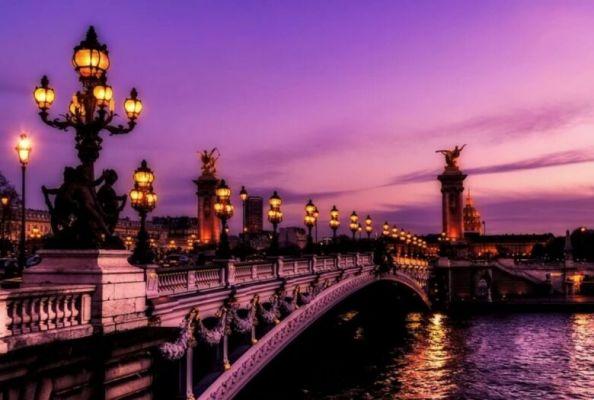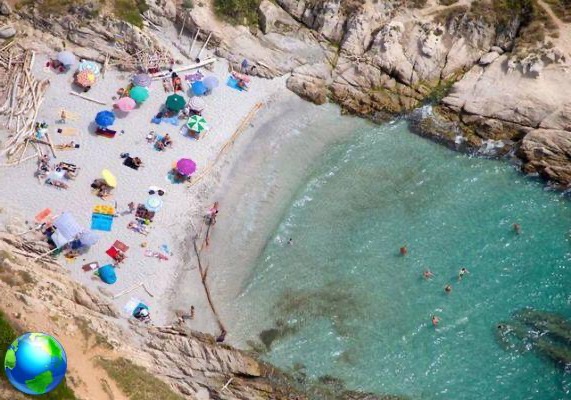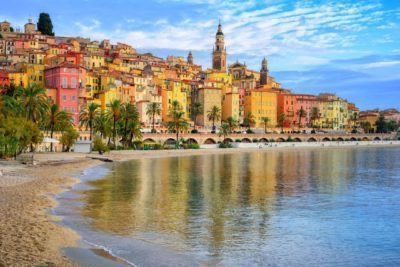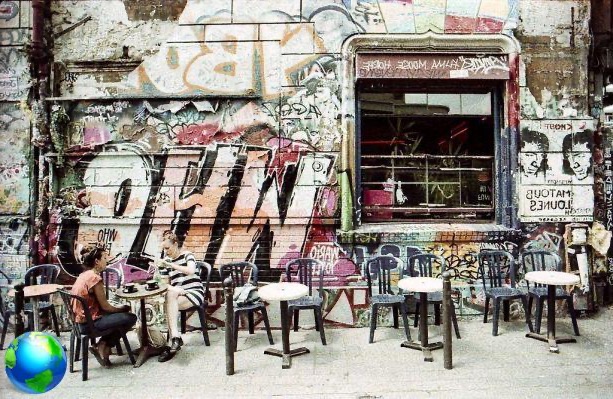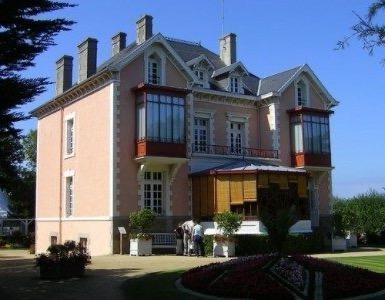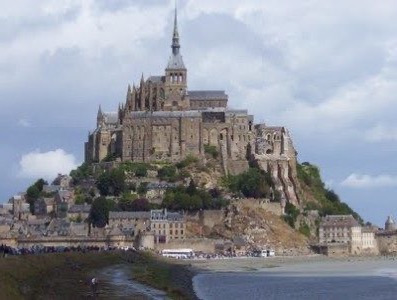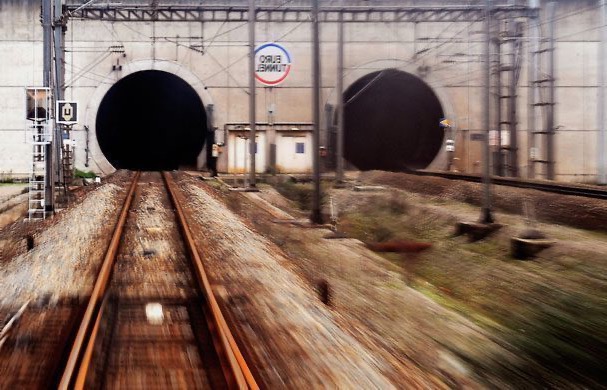From the Orsey Museum to the Orangerie Museum, up to Ginerny to follow in the footsteps of Monet, the famous artist who immortalized the most beloved gardens and water lilies in his works.
in 1874 Many he took part in a painting exhibition exhibiting a canvas painted two years earlier: Impression, sunrise. It was a revolutionary painting, for the choice of the subject and above all for the pictorial technique used, a series of spots of color juxtaposed to each other, so as to give only the impression of an image and not a clear representation . The novelty introduced by the artist aroused the indignation of critics, who, taking inspiration from the title of his painting, coined the label of "Impressionism”, That is, sketchy and summary painting. From a derogatory term, it is well known, this word soon became the name of one of the greatest artistic movements of the twentieth century, destined to mark the history of painting forever.
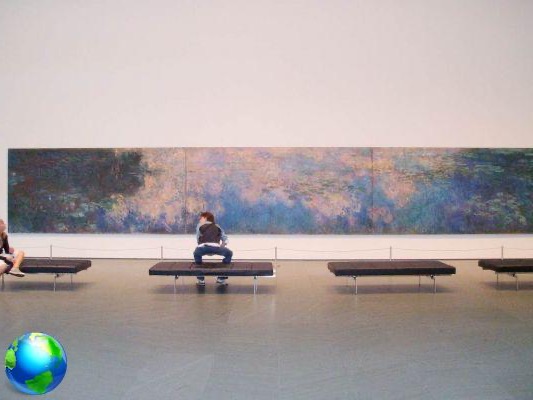
If you are interested in knowing more closely the work of Monet, if you love impressionist painting or if you are in Paris and you are looking for ideas, here is an itinerary for you.
The first work
An ideal path to discover the work of Claude Monet should start from the vision of the first impressionist painting, Impression, sunrise. This canvas is preserved at Marmottan-Monet museum, which houses works of art from different eras, collected over time by private collectors. A large portion of the museum is dedicated to the works of Monet and other Impressionist painters, including Renoir and Manet.

Musée d'Orsay
The visit should then continue to the famous and unmissable Musée d'Orsay. This museum, in addition to hosting precious works of art, is itself a small jewel. Born as railway station, the building was restored by the Italian Gae Aulenti, who readjusted the interiors trying to respect the original construction as much as possible and managed to create a space in which the structure and the works combine with each other with such taste as to give life to a unique environment. Here you can admire famous paintings by Monet such as The poppies, Breakfast on the grass and the cycle dedicated to the cathedral of Rouen.
Musée of the Orangerie
Finally, as a last stop in Paris, I recommend the Musée dell'Orangerie. This museum houses eight canvases from the cycle of water lilies, donated by the painter to the French state. The building was designed precisely to house Monet's works, which were arranged in two oval rooms side by side between them to form the symbol of infinity. The curved lines of the walls, combined with the length of the canvases, which are quite large in size, effectively convey a sense of continuity and infinity. Downstairs, the museum also houses a collection of Impressionist and Post Impressionist art, including paintings by Cezanne, Matisse and Picasso.
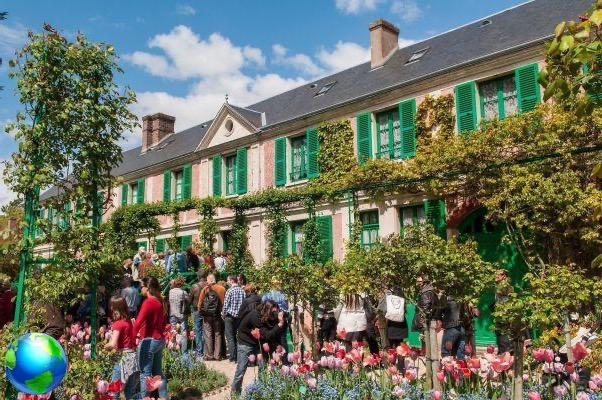
Giverny
At this point I recommend moving to Giverny for the last leg of this journey. There town of Normandy which hosted Monet from 1883 to his death, can be easily reached from the Gare Saint-Lazare in Paris. Here, for 28 euros you will buy a return ticket to Vernon, the nearest city. At the exit of the station you can reach the center of Giverny using the frequent shuttles for tourists. Once off the bus you will find yourself in a village as pretty as it is tiny made up of stone houses surrounded by flowers, souvenir shops and art galleries. Following the signs you will easily reach the Monet Foundation, where you can buy a ticket to visit the house of the painter and the surrounding park, accessible every day from April 1st to November 1st.

As soon as you enter the park a rainbow of colors will open in front of you: a courtyard full of tulips and other flowers juxtaposed with each other for chromatic affinity extends in front of the painter's house to the delight of your eyes. Inside the house you can see the rooms preserved in their original state and the beautiful one collection of Japanese prints hanging on the walls. But the real pearl of the park is the water lily pond, one of the most famous pictorial subjects in the world. A walk along its banks or a stop on the Japanese bridge will make you immediately feel like the subjects of a painting or like artists looking for inspiration.




